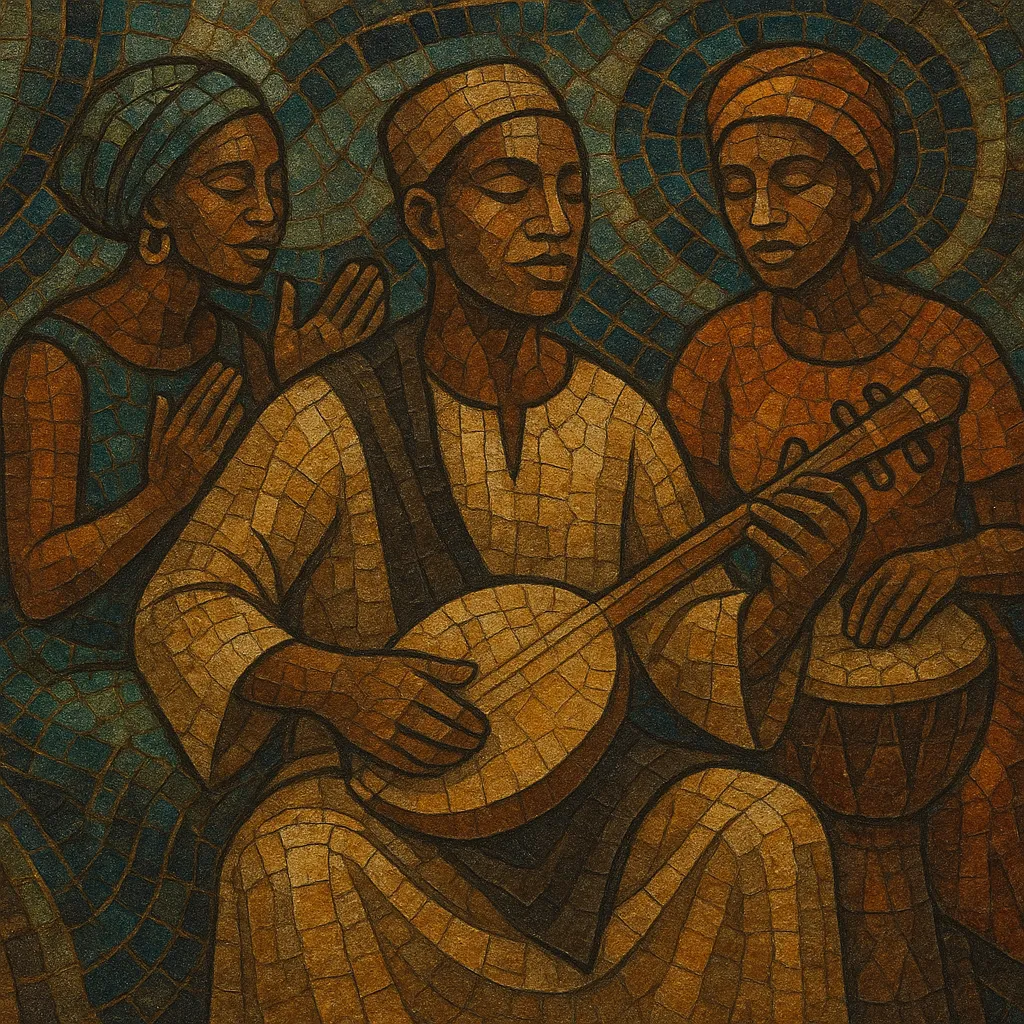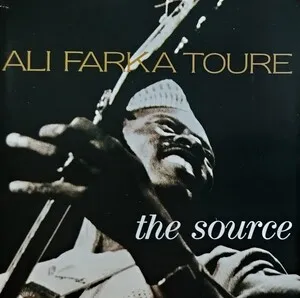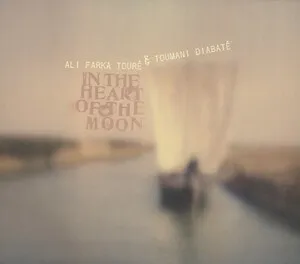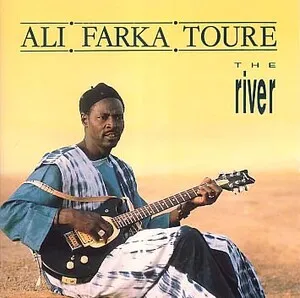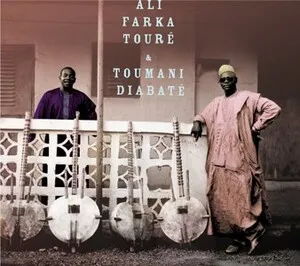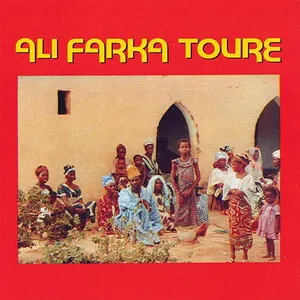Songhai music refers to the traditional and contemporary musical practices of the Songhai/Songhay (including Zarma) people of the Niger River bend, centered around Gao and Timbuktu in present-day Mali and extending into Niger and Burkina Faso.
It is marked by cyclical, swaying rhythms in 6/8 or 12/8, pentatonic-based melodies, call-and-response singing, and a close link between poetry, praise-singing, and social ceremony. Characteristic timbres come from skin-resonating calabash percussion and plucked lutes such as the kurbu/molo (a local ngoni-type lute), alongside handclaps, one-string fiddles (njarka/goge), and, in modern contexts, blues-inflected guitar.
Historically tied to courtly praise and epic narrative during the Songhai Empire, the style today spans intimate village ceremonies, takamba dance repertoires, and globally known desert-blues hybrids popularized by artists like Ali Farka Touré.
Songhai music coalesced around the Niger River bend, where the Songhai Empire rose to prominence in the 15th–16th centuries. Courtly and aristocratic contexts fostered praise-singing and epic poetry that celebrated leaders, lineage, and historical deeds. Bards and hereditary musicians drew on pentatonic melodic language, responsorial performance, and lutes analogous to the ngoni, while Islamic scholarship in Timbuktu and Gao colored melodic sensibilities and vocal aesthetics.
As a crossroads of Tuareg, Mande, Fula, and Hausa cultures, the Niger bend enabled constant musical exchange. Songhai practices interacted with Tuareg performance (notably in shared dance repertoires like takamba), Hausa goge fiddle traditions, and Mande griot frameworks of praise and social function. These overlaps produced a characteristic Sahelian sound: loping 6/8 grooves, hand-percussion on calabashes, and modal, ornamented vocal lines.
During the 20th century, urbanization and radio broadened Songhai music’s reach. Local dance ensembles and lineage groups adapted ceremonial repertoires for public performance. By the late 20th century, studio recordings and cassette circulation documented takamba bands and troubadours. Guitarists began translating lute ostinati onto six-string guitars, paving the way for a sleek, blues-inflected Songhai sound.
Ali Farka Touré’s international success in the 1980s–2000s spotlighted Songhai idioms within "desert blues." His protégés and peers (Afel Bocoum, Sidi Touré, Samba Touré) further refined the guitar-centered approach, while groups like Super Onze preserved dance-grounded takamba. In the 2010s, bands such as Songhoy Blues brought electrified, rock-forward interpretations to global stages, keeping the core Songhai rhythmic feel and call-and-response vocals intact.

